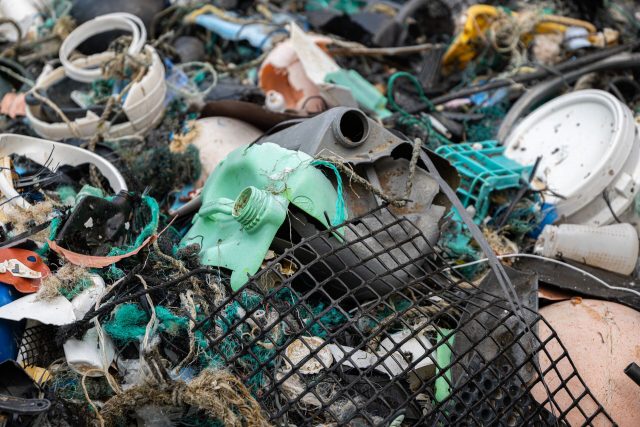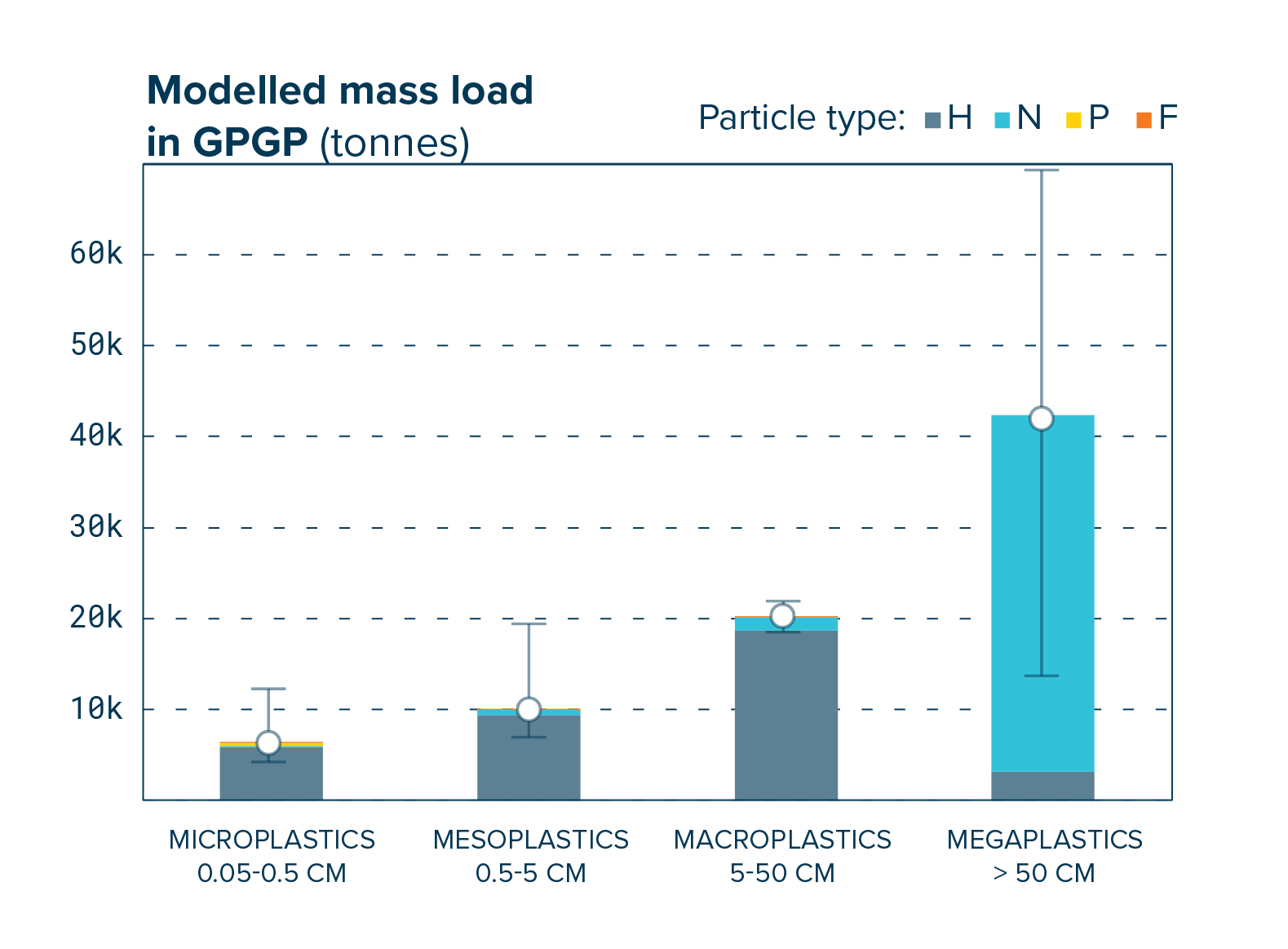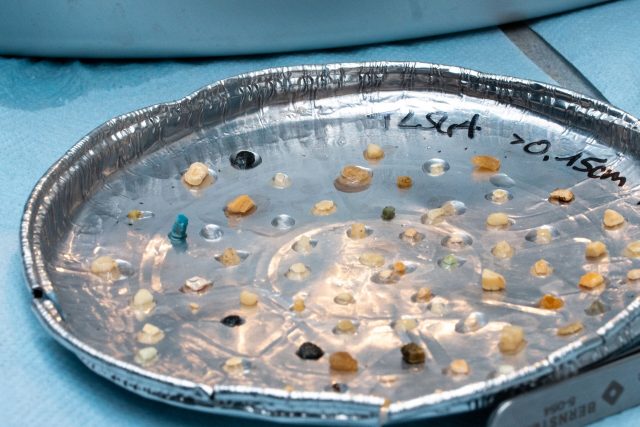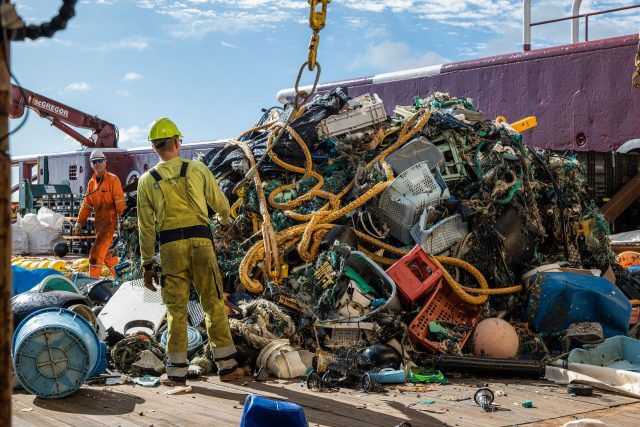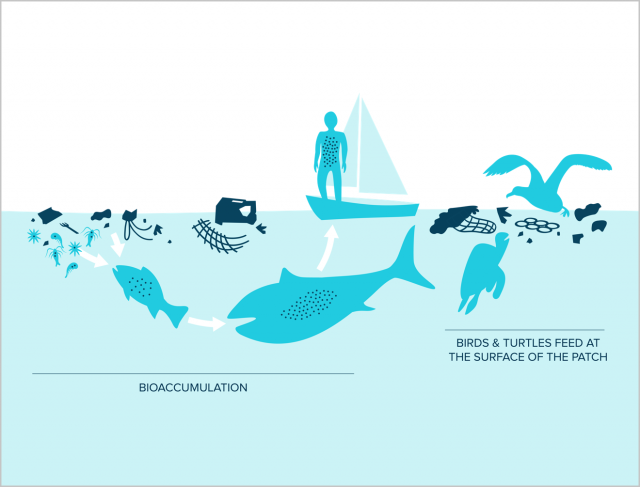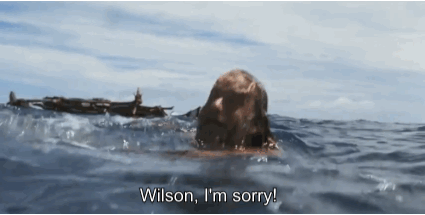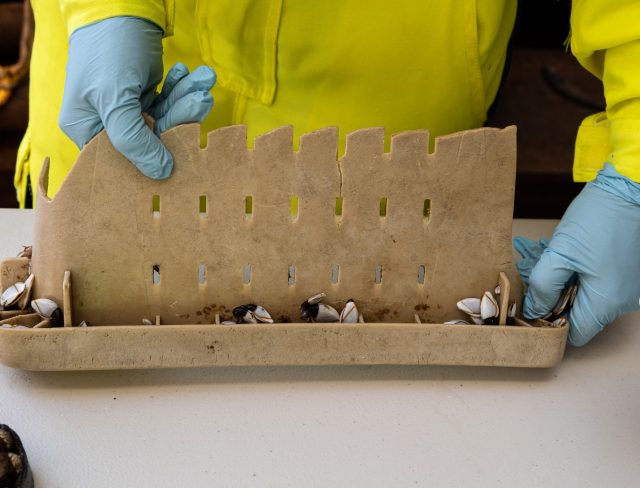The Ocean Cleanup supports several of the UN Ocean Decade Challenges, which define global priorities for achieving a clean, healthy and sustainably managed ocean. Our work aligns with the following challenges:
Challenge 1. Understand and beat marine pollution
This is the heart of our mission. The Ocean Cleanup is focused on tackling plastic pollution by removing legacy waste from the ocean and intercepting plastic in rivers before it reaches marine environments. Our work contributes to reducing the ecological and human health risks associated with plastic pollution.
Challenge 2. Protect and restore ecosystems and biodiversity
By removing plastic from marine and riverine ecosystems, we reduce threats such as entanglement, ingestion, and habitat degradation. This helps protect vulnerable species and supports the recovery of ecosystems like coral reefs, mangroves, seagrass pastures and coastal areas that are affected by plastic accumulation.
Challenge 3. Sustainably nourish the global population
Plastic pollution disrupts marine food webs and threatens fisheries that millions rely on for food and income. By removing plastic from the ocean and preventing new pollution through river interception, we help protect the health of marine species and ecosystems that are essential to global food security and the livelihoods of coastal communities.
Challenge 6. Increase community resilience to ocean and coastal risks
Our work supports local resilience by protecting coastal ecosystems that reduce flooding and erosion, such as mangroves, seagrass pastures and dunes. Clean waterways and restored coastlines also improve local environment and economic conditions.
Challenge 7. Sustainably expand the Global Ocean Observing System
We contribute valuable data on plastic pollution sources, transport, and accumulation through tools like our AI-powered mapping, monitoring of cleanup operations, and collaborative research with institutions worldwide. Apart from data on plastic, we also collect information on the marine life that inhabit our cleanup area, contributing to a better understanding of the biological components of the ocean.
Challenge 9. Skills, knowledge, technology and participation for all
We develop and deploy cutting-edge technologies, such as Interceptors and Ocean Systems, while also sharing insights with collaborators and the general public. Through partnerships and community engagement, especially in river projects, we build local capacity and promote ocean literacy
Challenge 10. Restore society’s relationship with the ocean
Our mission raises awareness of ocean plastic pollution as a global issue, inspiring action and long-term thinking. By demonstrating that the problem is solvable through innovation and collaboration, we aim to promote ocean stewardship.
UN Ocean Decade Endorsements
The Ocean Cleanup serves as the lead institution for two endorsed programmes under the UN Ocean Decade: The Ocean Cleanup Science & Technology Programme (2024-2030), and ADIS (Automated Ocean Debris Imaging System). The first one embodies our core mission, aiming to close the gap between the realities of plastic pollution and the development of effective policies. It integrates remediation, monitoring, and scientific research to overcome key structural challenges. The second one focuses on mapping and analyzing floating artificial debris, generating critical data to support global efforts in marine debris detection and removal. By examining how plastic is distributed, transported, and altered over time, ADIS enhances our understanding of its environmental behavior and supports the development of more targeted, science-based interventions.




